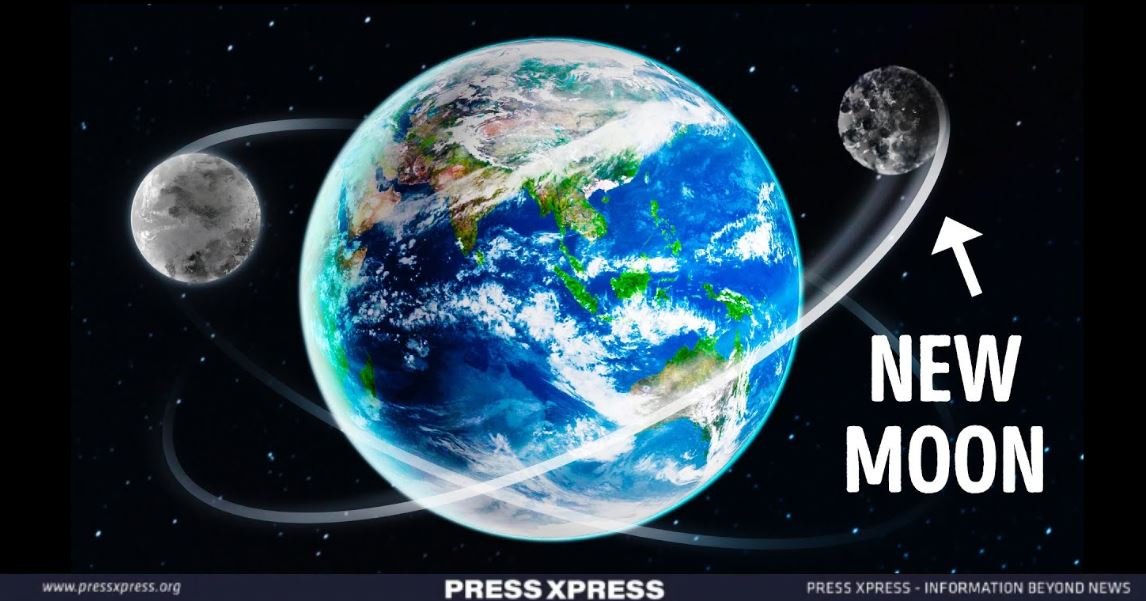There are many moon-like objects around us in space, but only a handful of the over 200,000 ‘near-Earth asteroids’ (NEAs) have similar orbits to Earth
A recent discovery sheds light on the genesis of Earth’s secondary lunar companion. While not precisely a moon, a newly unearthed celestial entity, a petite asteroid dubbed Kamo’oalewa, exhibits the peculiar behavior of orbiting Earth. Researchers propose that the moon itself might have birthed Kamo’oalewa, and advancements in computer modeling have seemingly unlocked the mystery.
In fact, there are many moon-like objects around us in space, but only a handful of the over 200,000 ‘near-Earth asteroids’ (NEAs) have similar orbits to Earth.
You can also read: Life Emerged on Earth, A Wonderful Space Pulse!
One of these, catchily named 469219 Kamo‘oalewa, orbits the Sun but moves in sync with our orbit so appears to orbit the Earth. This makes it our ‘quasi-moon’ or, to some, an ‘Apollo asteroid’.
Potentially as big as the Statue of Liberty, Kamo‘oalewa is between 40 and 100m (131-328 feet) across and rotates fast: every 28 minutes.

A Moon or an Asteroid?
Generally, NEAs are space rocks that scientists think have come from the Main Asteroid Belt between Mars and Jupiter. But new research reveals Kamo‘oalewa may be more moon than asteroid.
Published in the journal Nature Astronomy, the new study used existing analysis of Kamo‘oalewa’s spectrum of light. This analysis revealed that it had silicates (a type of mineral) that are more common in lunar samples. In other words, our ‘second moon’ probably came from our first.

Origins of Kamo‘oalewa
The research team from Tsinghua University, China, used computer model simulations to test this theory. They found that Kamo‘oalewa’s physical shape and orbit fit with it being a fragment chipped off in a massive impact that caused a crater on the far side of the Moon.
“Look at our Moon by eye or through binoculars, and you can see that it has had a violent past – each of those craters you see has blasted chunks of rock into space,” astronomer Dr Darren Baskill, who was not involved in the study, told BBC Science Focus.
Kamo’oalewa, also called 2016 HO3 and meaning ‘oscillating celestial object’ in Hawaiian, is about 40 to 100 meters (131-328 feet) across—about the size of the Statue of Liberty. It was discovered in 2016 by Pan-STARRS, an array of telescopes in Hawaii designed to find and track NEAs. About 250,000 NEAs are currently known.
Kamo’oalewa is a quasi-satellite of Earth because it appears to orbit Earth despite actually orbiting the sun. It moves in sync with Earth in a 1-to-1 resonance.

Giordano Bruno Crater
The asteroid comes from Giordano Bruno crater on the far side of the moon, according to a paper published this week in Nature Astronomy.
A 14-mile-wide (22-kilometer) Giordano Bruno crater is thought to be the youngest crater of its size or larger on the moon’s surface. The researchers say it was caused by an asteroid about 1 mile (1.6 kilometers) in diameter striking the moon between 1 million and 10 million years ago.
The researchers used numerical simulations to model the kind of impact that could produce and eject something the size of Kamo’oalewa. The project involved weeks of computation on supercomputers to explore every possibility, according to science.
Previous Research
This is not the first time the moon has been suggested as the source of Kamo’oalewa. In 2021, a team of University of Arizona astronomers using Arizona’s Large Binocular Telescope Observatory suggested that Kamo’oalewa could be a chunk of the moon. That was based on the fact that its spectrum—the light it was reflecting—was unlike that of any other NEA. Last year another research team agreed after discovering that although unlikely, fragments of the moon caused by an impact in the past few million years could find their way into orbits like that of Kamo’oalewa.
China’s Mission
Scientists will soon know more about Earth’s ‘second moon’. Tianwen-2, China’s first asteroid sampling mission, will visit Kamo’oalewa next year. It will be the first mission to study an Asteroid tens of meters in size—the most common yet least understood small body.
Kamo’oalewa is expected to orbit in the vicinity of Earth for millions of years.
‘Dark Side’ of the Moon
Giordano Bruno crater is on the moon’s far side, often mistakenly called its ‘dark side’. Despite it being a term used in popular culture, the dark side of the moon has no technical meaning. The moon is tidally locked to Earth, so we only see one side of it, the near side. However, half of the moon is constantly lit by the sun as it orbits Earth, with only our view of it changing day and night.


